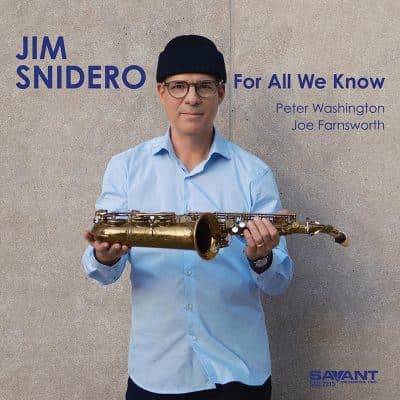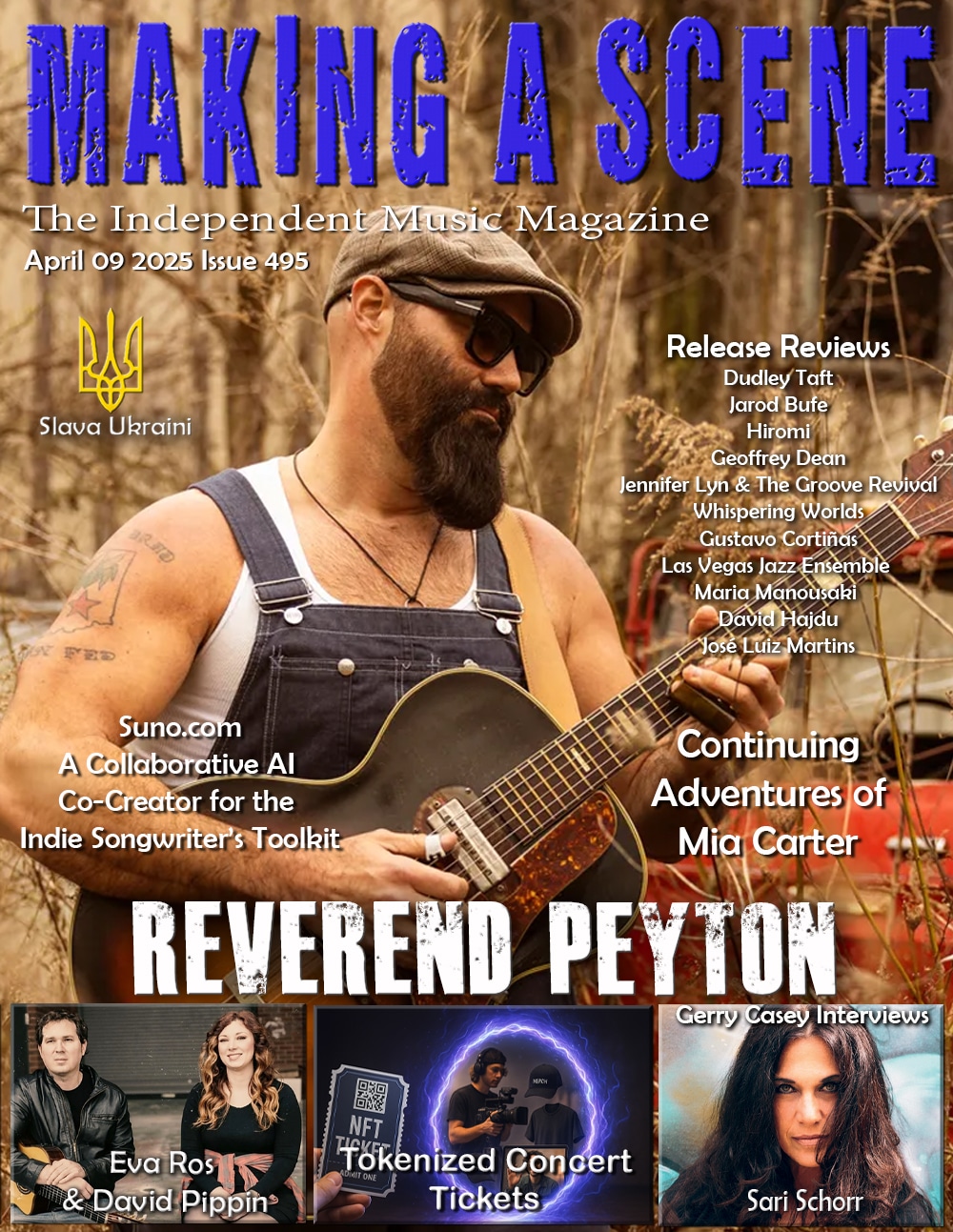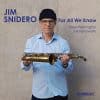Jim Snidero For All We Know
 Jim Snidero
Jim Snidero
For All We Know
Savant
Ask jazz folks to name the top ten alto saxophonists, and you’ll be hard pressed to find Jim Snidero on many lists but if you alter the question to those who are well steeped in the music as to who is the most lyrical and possesses the purest tone, Snidero may well be mentioned. Yes, he belongs in that same conversation with Paul Desmond and Johnny Hodges. There are many others from – Bird, Phil Woods, Art Pepper, Kenny Garrett, Cannonball, Ornette Coleman, Lee Konitz, Immanuel Wilkins and many more who will be mentioned in response to the first question, but Snidero is one whose approach never ventures into the fierce, aggressive style or is tied to a particular type such as soul-jazz, bebop, hard bop, or avant-garde. He is an expert in lyricism. If we were to name alto saxophone trios, the list would be shorter but would include Coleman, Konitz, and Garrett. Dig deeper to find the names of Arthur Blythe, Oliver Lake, and Anthony Braxton but it would be difficult to find any of them in this chordless setting, exclusively taking on jazz standards from swing to ballads like Snidero does here on For All We Know, with bassist Peter Washington, and drummer Joe Farnsworth, two of the most prominent on their respective instruments of this generation.
This is a courageous undertaking. The often wobbly and at times fragile and creaky alto saxophone doesn’t necessarily lend itself to these tunes without the support of a piano or guitar. The modest Snidero admits that it took him some time to muster the will to go without the chordal instruments. In recent years Snidero has reissued his 2003 Strings on Savant in 2021 (covered on these pages), and these two gems in his catalog – Live at the Deer Head Inn, (2021) and Far, Far Away with Kurt Rosenwinkel (2023), both on Savant and both with the bass-drum tandem of Washington and Farnsworth. In that sense, he is on familiar ground.
Given that Desmond and Hodges are no longer with us, Snidero arguably has the purest sound of any today, more striking than ever in this most exposed setting with the altoist not shying away from the icons in Coltrane’s “Naima” and Bird’s “Parker’s Mood.” The standards are here too from Cole Porter’s “Love For Sale,” to Rodgers and Hart’s “My Funny Valentine,” and the oft covered “Willow Weep For Me.” The balladic title track begins in aptly mellow and melodic form with a walking bass line and Washington with sticks as Snidero builds intense clusters around the four-minute mark leading to the longest cadenza, he’s ever played, seemingly reaching every key on his horn, proving that even at his most naked, the song stylist is truly captivating. The performance of “Naima” takes it further south into most sublime territory with Washington’s sincere intro, Farnsworth’s subtle Latin groove, and Snidero’s fervent playing which captures the essence of Trane’s spirituality.
Tempo kicks up for Porter’s “Love for Sale” as his rhythm tandem sets the swinging groove. Standout “Blackberry Winter,” penned by Alec Wilder and Loonis McGlohon, reveals a special chemistry between Snidero and Washington with the latter filling in the pauses. Such a set practically demands a tune from Bird and Snidero obliges with a slower, bluesier reading of “Parker’s Mood” before doing the reverse, ratcheting up “Willow Weep for Me,” while nodding to mentor Phil Woods. We often hear “My Funny Valentine” rendered by a trumpeter (Miles) or pianist (Bill Evans) and it is acknowledged as one of the idiom’s most difficult ballads given the slow tempo and repetitive melody, yet Snidero delivers a most simmering, poignant, transcendent reading. Similarly, Snidero cites Coots and Haven Gillespie’s “You Go to My Head” as one of the most difficult swing tempos/grooves to master, but with the assistance of his trio mates, and especially the ever undaunted (“Time to Swing”) Farnsworth, Snidero soars effortlessly.
Snidero summarizes the session this way, “As an improviser, I’m open to all kinds of concepts. But when it comes to the horn, I’m pretty traditional. I mean there are certain timeless technical aspects of tone, such as resonance, timbre, projection and so on, that apply to all instruments. My reference has always been the greatest jazz saxophonists with the goal being to create my own voice with the same level of depth. In this trio setting in particular, there’s no chordal instrument filling out the soundscape so tone, clean technique and phrasing become more apparent. You’re really under a microscope, but if you’re together on the instrument those very aspects stand out.” Enough said. Masterful performance.
- Jim Hynes
Buy Us a Cup of Coffee!
Join the movement in supporting Making a Scene, the premier independent resource for both emerging musicians and the dedicated fans who champion them.
We showcase this vibrant community that celebrates the raw talent and creative spirit driving the music industry forward. From insightful articles and in-depth interviews to exclusive content and insider tips, Making a Scene empowers artists to thrive and fans to discover their next favorite sound.
Together, let’s amplify the voices of independent musicians and forge unforgettable connections through the power of music
Make a one-time donation
Make a monthly donation
Make a yearly donation
Buy us a cup of Coffee!
Or enter a custom amount
Your contribution is appreciated.
Your contribution is appreciated.
Your contribution is appreciated.
DonateDonate monthlyDonate yearlyYou can donate directly through Paypal!
Subscribe to Our Newsletter
Discover more from Making A Scene!
Subscribe to get the latest posts sent to your email.














































